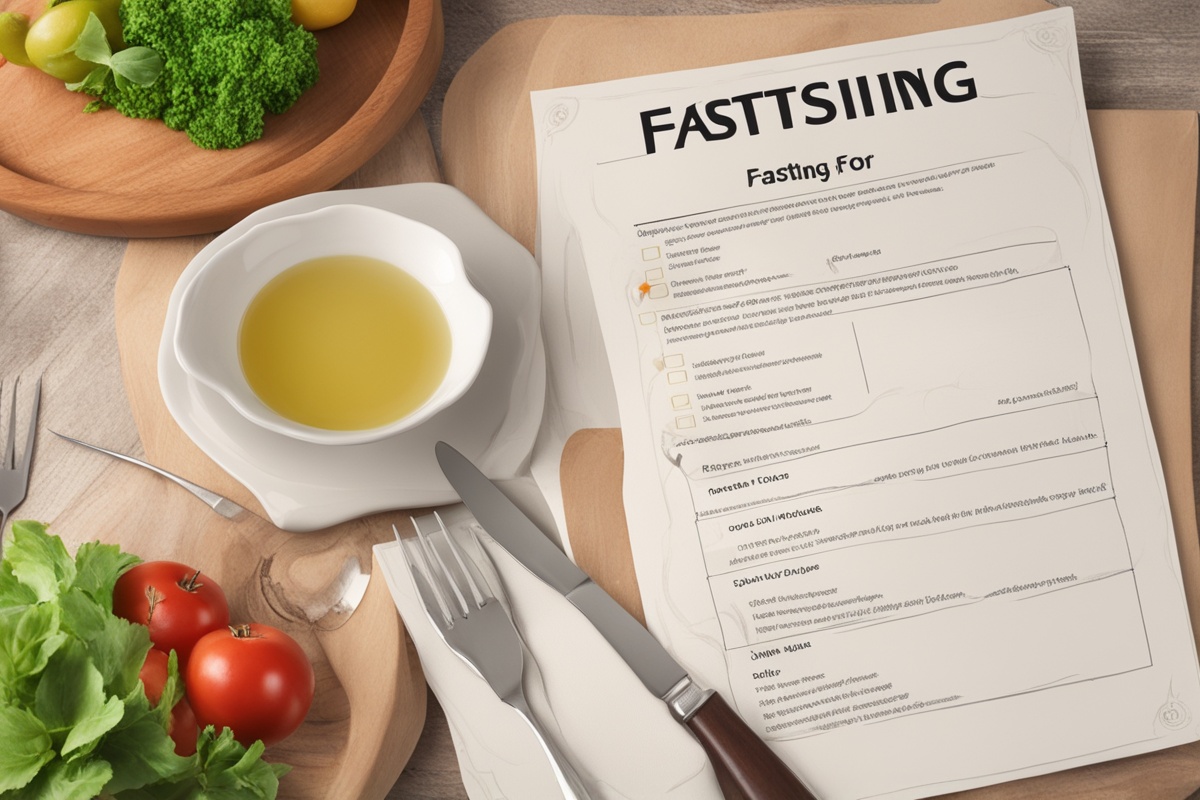Intermittent fasting (IF) has gained immense popularity as a flexible and effective approach to weight loss, improved health, and better energy levels. For beginners, one of the most critical aspects of adopting this lifestyle is creating a sustainable intermittent fasting daily schedule. This guide will walk you through the basics of intermittent fasting, how to structure your day, and tips to make the transition smooth and successful. Whether you’re looking to shed a few pounds or boost your overall well-being, understanding how to craft an intermittent fasting daily schedule is the first step to achieving your goals.
What Is Intermittent Fasting?
Intermittent fasting is not a diet but rather an eating pattern that cycles between periods of eating and fasting. Unlike traditional diets that focus on what you eat, IF emphasizes when you eat. There are several methods, such as the 16/8 method (fasting for 16 hours and eating during an 8-hour window) or the 5:2 method (eating normally for five days and restricting calories on two non-consecutive days). The beauty of IF is its adaptability—you can tailor an intermittent fasting daily schedule to fit your lifestyle, whether you’re a busy professional, a student, or a parent.
Why Follow an Intermittent Fasting Daily Schedule?
Having a structured intermittent fasting daily schedule helps create consistency, which is key to seeing results. Fasting triggers several physiological benefits, including improved insulin sensitivity, cellular repair through autophagy, and potential weight loss due to reduced calorie intake. A well-planned schedule ensures you’re fasting and eating at optimal times, preventing overeating or energy crashes. It also helps train your body to adapt to hunger cues and reduces the likelihood of mindless snacking. For more on the science behind fasting, check out our post on The Benefits of Intermittent Fasting.
How to Create Your Intermittent Fasting Daily Schedule
Designing your intermittent fasting daily schedule depends on your personal routine, energy needs, and fasting method. Here’s a step-by-step guide to get started:
- Choose Your Fasting Method: The 16/8 method is ideal for beginners. This involves fasting for 16 hours (including sleep) and eating during an 8-hour window, such as from 12 PM to 8 PM.
- Align with Your Lifestyle: If you’re a morning person, you might prefer eating earlier in the day (e.g., 10 AM to 6 PM). If you work late, shift your window to later hours (e.g., 2 PM to 10 PM).
- Plan Your Meals: During your eating window, focus on nutrient-dense foods like lean proteins, vegetables, and healthy fats to stay full longer.
- Stay Hydrated: Drink water, herbal tea, or black coffee during fasting hours to curb hunger and maintain energy.
For meal planning ideas, explore our guide on Intermittent Fasting Meal Plans for Beginners.
Sample 16/8 Intermittent Fasting Daily Schedule
Here’s an example of a daily schedule using the 16/8 method to give you a clear idea of how to structure your day:
- 8:00 AM – Wake Up: Start your day with a glass of water or black coffee. No calories during fasting hours.
- 12:00 PM – Break Fast: Have a balanced meal with protein (e.g., eggs or chicken), healthy fats (e.g., avocado), and complex carbs (e.g., quinoa).
- 3:00 PM – Snack: Opt for a light snack like nuts or Greek yogurt to keep energy levels stable.
- 7:00 PM – Dinner: Enjoy a hearty meal with vegetables, lean protein, and a small portion of carbs if desired.
- 8:00 PM – Start Fasting: Stop eating and switch to water or tea until the next day at noon.
This schedule can be adjusted based on your preferences. If you’re curious about other fasting methods, read our post on Different Types of Intermittent Fasting.
Common Challenges and How to Overcome Them
Starting intermittent fasting can come with hurdles, especially in the first few weeks. Hunger pangs, low energy, and social eating pressures are common. To manage hunger, drink plenty of water and stay busy during fasting hours. If energy dips, ensure your meals include enough protein and healthy fats. For social events, plan your eating window around gatherings or politely explain your fasting goals. Additionally, avoid overeating during your window—focus on mindful eating. For more tips, check out our article on Overcoming Common Fasting Challenges.
Tips for Long-Term Success with Intermittent Fasting
Sustainability is crucial when adopting intermittent fasting. Start slowly by easing into shorter fasting windows before progressing to longer ones. Listen to your body—if you feel unwell, adjust your schedule or consult a healthcare provider. Track your progress using a journal or app to note energy levels, hunger, and weight changes. Finally, pair fasting with a balanced lifestyle, including regular exercise and adequate sleep. For workout ideas during fasting, see our guide on Exercising While Fasting.
Disclaimer: This content is for informational purposes only and not a substitute for professional medical advice. Always consult with a healthcare professional before starting any new diet or fasting regimen, especially if you have underlying health conditions or are on medication.
References
- Harvard Health Publishing – Intermittent Fasting: Surprising Update
- NCBI – Effects of Intermittent Fasting on Health, Aging, and Disease
- Mayo Clinic – Intermittent Fasting: What Is It, and How Does It Work?
- WebMD – Intermittent Fasting Overview
- Johns Hopkins Medicine – Intermittent Fasting: What Is It, and How Does It Work?






